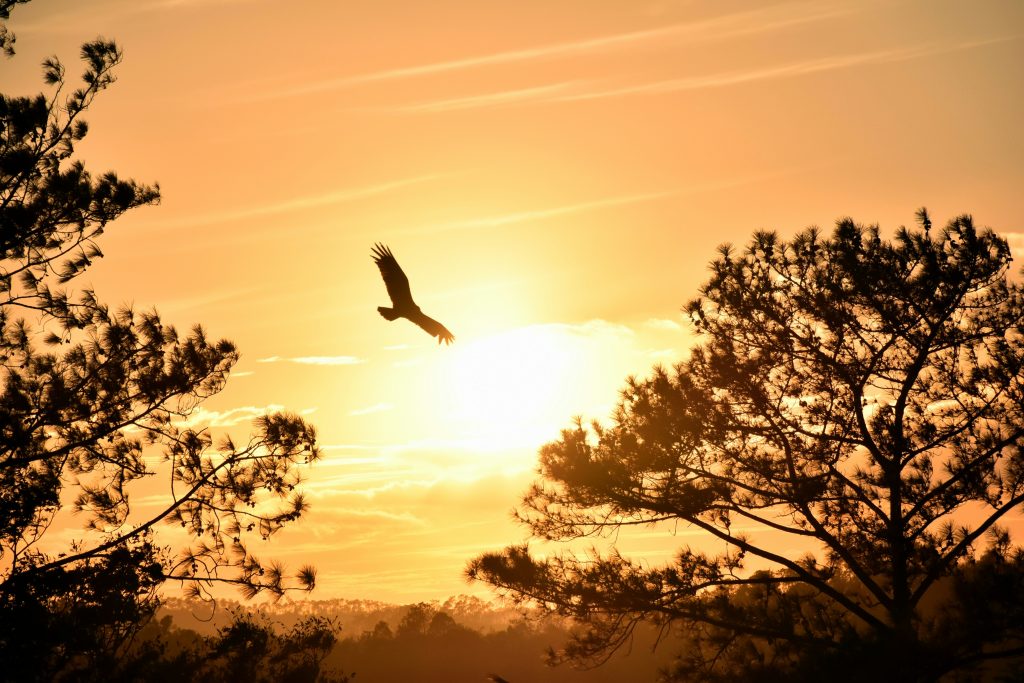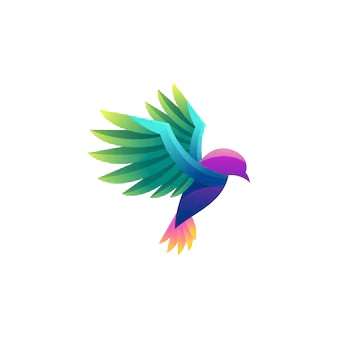
Birdwatching is a year-round activity that offers unique experiences and challenges with each changing season. Understanding seasonal variations can enhance your birdwatching skills and enjoyment.
Spring
Spring is one of the most exciting times for birdwatching. Migratory birds return to their breeding grounds, and resident birds become more active and vocal.
- Migration: Many species undertake long journeys from their wintering grounds to their breeding areas. This is an excellent time to spot a variety of species, including warblers, thrushes, and shorebirds.
- Breeding Behavior: Birds are busy building nests, courting mates, and defending territories. Listen for distinctive songs and watch for mating displays.
- Plumage: Many birds sport their brightest plumage during the breeding season, making identification easier and more visually rewarding.
Summer
In summer, birds are focused on raising their young. While the peak of migration has passed, there are still plenty of birdwatching opportunities.
- Nesting: Look for nests and observe parents feeding their chicks. Be cautious not to disturb nesting sites.
- Fledglings: Watch for fledglings—young birds that have left the nest but are still dependent on their parents. They can often be seen begging for food.
- Resident Birds: Focus on resident species that are more easily observed during this time. Many waterbirds, such as herons and egrets, are more active in summer.
Fall
Fall is another prime migration period, as birds travel to their wintering grounds. It can be a great time to see a variety of species and witness the spectacle of mass migrations.
- Southward Migration: Similar to spring, many birds migrate south in the fall. Watch for mixed flocks of warblers, sparrows, and other songbirds.
- Juvenile Birds: Young birds born in the spring and summer are now making their first migration. They can be challenging to identify due to their less distinctive plumage.
- Birding Hotspots: Visit migration hotspots such as coastal areas, mountain passes, and lakeshores to see large concentrations of birds.
Winter
Winter birdwatching can be challenging due to cold weather and reduced bird activity, but it also offers unique rewards.
- Winter Residents: Focus on species that are adapted to cold climates, such as chickadees, nuthatches, and woodpeckers.
- Feeder Watching: Set up bird feeders in your yard to attract a variety of wintering birds. Provide high-energy foods like suet, peanuts, and sunflower seeds.
- Waterfowl: Many waterfowl species migrate to ice-free bodies of water for the winter. Visit lakes, rivers, and coastal areas to observe ducks, geese, and swans.
Birdwatching Etiquette and Best Practices
To ensure a positive experience for both the birds and other birdwatchers, it’s important to follow proper etiquette and best practices.
Respect Wildlife and Their Habitat
- Do Not Disturb Birds: Avoid approaching birds too closely, especially during sensitive times like nesting and migration.
- Follow Rules and Regulations: Adhere to the rules of the places you visit, including staying on designated paths and respecting private property.
- Minimize Impact: Leave no trace by carrying out all trash, avoiding trampling vegetation, and minimizing noise.
Be Considerate of Other Birdwatchers
- Share the Space: Be mindful of other birdwatchers and avoid crowding. Share good spots and sightings.
- Limit Noise: Keep conversations and noises to a minimum to avoid disturbing birds and other birdwatchers.
- Use Appropriate Gear: Ensure that your equipment, such as binoculars and cameras, is used considerately and without disrupting others.
The Future of Birdwatching
Birdwatching is evolving with advancements in technology, growing interest in citizen science, and increasing awareness of conservation needs. Here’s a glimpse into the future of this beloved hobby.
Technology in Birdwatching
- Birding Apps: Mobile apps continue to improve, offering advanced features like real-time bird identification, migration tracking, and community data sharing.
- Digital Optics: Advances in optics, such as image-stabilized binoculars and high-definition spotting scopes, enhance the birdwatching experience.
- Remote Monitoring: Technologies like automated recording devices and remote cameras allow for monitoring bird populations without direct human presence.
Citizen Science
- Increased Participation: More birdwatchers are contributing to citizen science projects, providing valuable data for research and conservation.
- Global Collaboration: Platforms like eBird facilitate global collaboration, making it easier to track bird populations and movements on a worldwide scale.
- Data-Driven Conservation: The data collected through citizen science initiatives inform conservation strategies and policy decisions, helping protect bird species and their habitats.
Conservation Challenges
- Habitat Loss: Urbanization, agriculture, and deforestation continue to threaten bird habitats. Conservation efforts must focus on protecting and restoring these critical areas.
- Climate Change: Changing climate patterns affect migration routes, breeding seasons, and food availability. Understanding and mitigating these impacts is crucial.
- Pollution: Pollution, including plastic waste and pesticides, poses significant threats to bird populations. Efforts to reduce pollution and promote sustainable practices are essential.
Conclusion
Birdwatching is a timeless pursuit that connects us with nature, enriches our understanding of the natural world, and fosters a sense of stewardship for the environment. Whether you are a novice birder just starting out or an experienced enthusiast, there is always something new to learn and enjoy. By practicing ethical birdwatching, supporting conservation efforts, and embracing new technologies, we can ensure that future generations will continue to experience the joy and wonder of observing birds in their natural habitats. So, grab your binoculars, step outside, and embark on a journey into the fascinating world of birdwatching. The adventure awaits!
